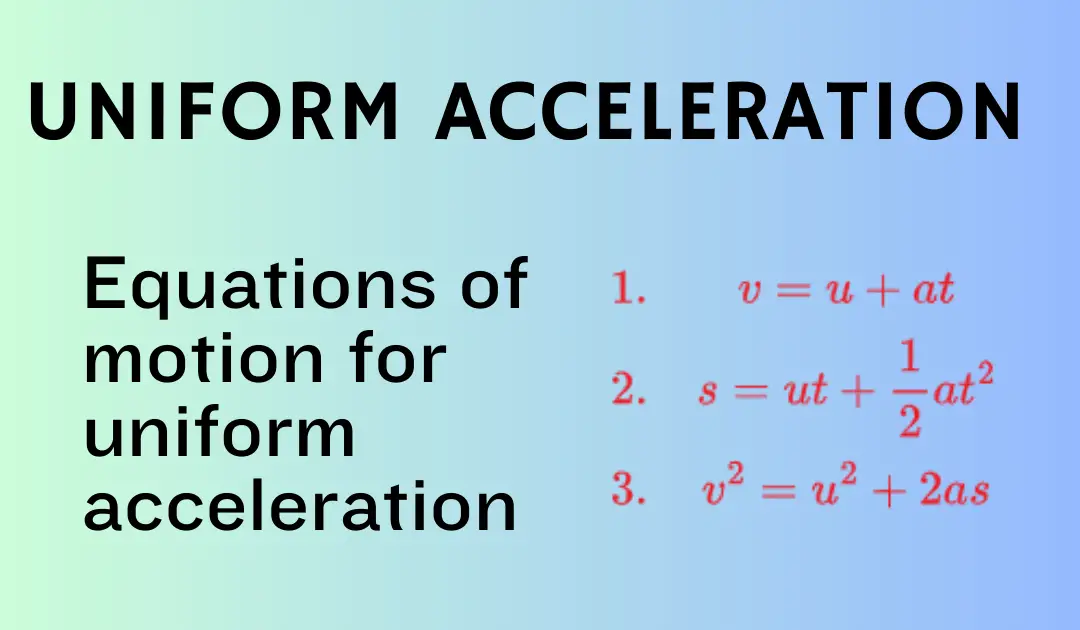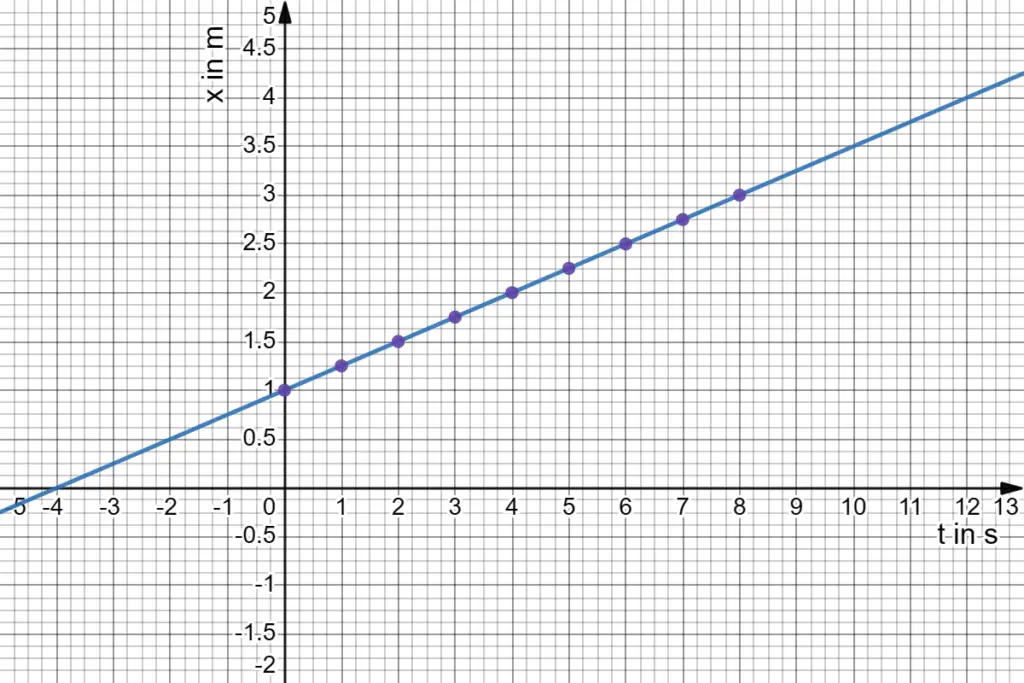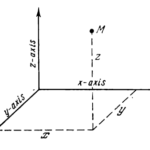The principles of isotropy and uniformity are essential to understanding the behavior of physical phenomena in space. When we are close to massive objects like planets or stars, things behave differently in different directions, but if we were far away from any such objects, all directions would be equivalent. This is because free space is isotropic and uniform, with no special directions or points possessing different properties. In this blog post, we will explore these fundamental principles of physics and their implications for understanding the behavior of objects in space.
What are Isotropy and Uniformity in Space?
When we are near the surface of the Earth, we notice that things behave differently in different directions. For example,
- If you drop an object from a certain height it falls straight down toward the center of the earth. This happens due to the gravitational pull Earth exerts on the falling object.
- Again if we want to make the same object rise vertically we have to provide a certain initial velocity to the object to rise it vertically to a certain height.
From these two points, we can clearly see that we need to impart a certain velocity to the object to rise it vertically but none is needed to make it fall. This lack of equivalence comes from the fact that due to its gravitational pull, Earth attracts mass objects towards the center of the Earth.
But if we were far away from any large and massive objects like planets or stars, all directions would be the same and there would be no special way things behave. Hence the free space is isotopic and uniform. This means that there are no special directions or points in space that have different properties from others.
We say that space is “isotropic” which means it has no select directions possessing special properties. Similarly, all points in space are the same if there are no large objects nearby. We say that space is “uniform” which means it has no points possessing special properties.
Example
For the sake of explanation, imagine you are floating in space far away from any large objects. In this situation, if you were to throw a ball in any direction, it would continue to move in a straight line at a constant speed forever.
There would be no preferred direction for the ball to move because all directions are equivalent. Similarly, if you were to place an object at any point in this free space, it would behave the same way as if it were placed at any other point because all points are equivalent.





